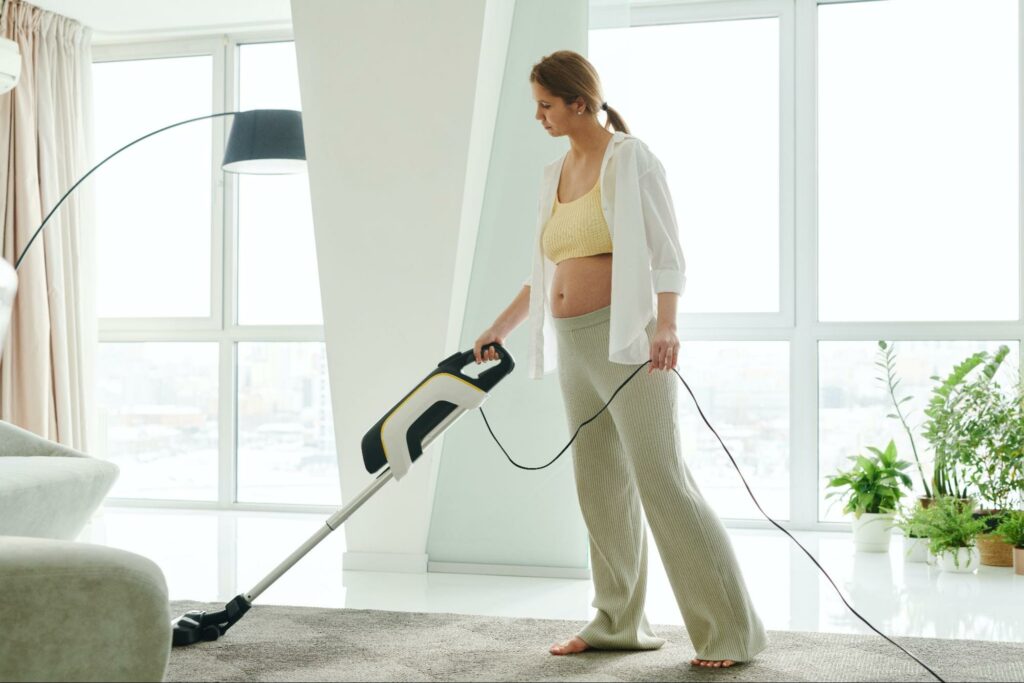Table of Contents
ToggleShark Vacuum Roller Not Working
Having trouble with your Shark vacuum roller not working? It can be quite frustrating when this happens, but fear not! There are a few potential causes for this issue that we can explore together.
I’ll start by discussing some possible reasons for why your Shark vacuum roller may not be working. There are a few factors that could contribute to this issue, so let’s explore them:
- Clogged Brushroll: One common reason for a Shark vacuum roller not working is a clogged brushroll. Over time, hair, debris, and other particles can get tangled around the brushroll, obstructing its movement. This can prevent the roller from spinning effectively and picking up dirt. To fix this, you’ll need to remove any obstructions from the brushroll and ensure it moves freely.
- Belt Issues: Another potential culprit is a worn-out or broken belt. The belt connects the motor to the brushroll and drives its rotation. If the belt is stretched, damaged, or completely snapped, it won’t be able to spin the roller properly. In such cases, replacing the belt should resolve the problem.
- Power Connection: Sometimes, a simple power connection issue can cause the vacuum roller to stop working. Check if your Shark vacuum is securely plugged into an outlet and that there are no loose connections along the power cord or within the unit itself.
- Motor Problems: If none of the above solutions work, it’s possible that there may be an issue with the motor itself. A malfunctioning motor can prevent proper functioning of both the suction and brushroll mechanisms in your Shark vacuum cleaner.
- Maintenance Neglect: Finally, neglecting regular maintenance tasks like cleaning filters or emptying dust cups can lead to performance issues with your Shark vacuum cleaner overall – including problems with its roller function.
Check the Power Supply
If you’re experiencing issues with your Shark vacuum roller not working, one of the first things to investigate is the power supply. A faulty or inadequate power source can often be the culprit behind a malfunctioning roller. Here are a few steps you can take to check the power supply and potentially resolve the issue:
- Ensure Proper Outlet Connection: Start by verifying that your Shark vacuum is securely plugged into a functioning electrical outlet. Sometimes, a loose connection can prevent adequate power from reaching the roller. Try unplugging and re-plugging the vacuum to ensure a snug fit.
- Check for Tripped Circuit Breakers: If your Shark vacuum is plugged in properly but still not functioning, it’s worth investigating if any circuit breakers have tripped. Locate your home’s electrical panel and look for any breaker switches that have flipped into an “off” position. Resetting these switches may restore power to your vacuum.
- Test Alternative Outlets: If you’ve ruled out loose connections and tripped breakers, try plugging your Shark vacuum into different outlets around your home. This step helps determine if there’s an issue with the specific outlet or if it’s related to the vacuum itself.
- Inspect Power Cord for Damage: Examine the power cord of your Shark vacuum for any signs of wear or damage such as frayed wires or exposed insulation. A damaged cord can disrupt proper power transmission and impact the functionality of the roller.
- Consider Voltage Requirements: Some Shark vacuums have specific voltage requirements that must be met for optimal performance of their rollers. Ensure that your home’s electrical system meets those requirements by checking voltage compatibility.

Inspecting the Roller Brush
One possible cause for your Shark vacuum roller not working could be an issue with the roller brush itself. To determine if this is the case, it’s important to inspect the roller brush and check for any potential problems. Here are a few steps you can take to troubleshoot:
- Power off and unplug: Before inspecting the roller brush, make sure to turn off your Shark vacuum and unplug it from the power source. This ensures your safety during the inspection process.
- Remove debris: Over time, dirt, hair, and other debris can accumulate on the roller brush, causing it to get stuck or not rotate properly. Carefully remove any visible debris using your hands or a pair of scissors (if necessary). Be cautious not to damage the bristles or any other components while doing so.
- Check for blockages: Sometimes, foreign objects may become lodged in the roller brush housing or end caps, hindering its movement. Use a flashlight to examine these areas and remove any obstructions that you find.
- Inspect belt tension: The roller brush relies on a belt connected to the motor for power transmission. If this belt becomes loose or broken, it can prevent proper rotation of the brush. Check if there are any signs of wear or damage on the belt and ensure that it is tightly fitted around both ends.
- Test spinning action: After cleaning and checking for blockages, manually rotate the roller brush by hand to see if it moves smoothly without resistance. If there is still difficulty in turning or if it feels stiff, there may be underlying mechanical issues that require further investigation.

